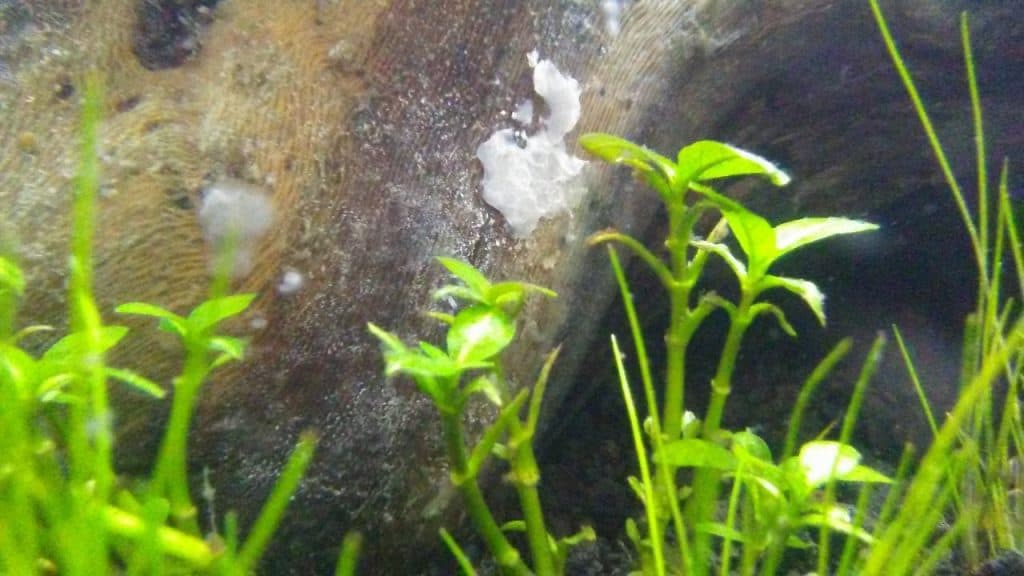Introduction: The Quest for Balance in Aquatic Ecosystems
Maintaining a thriving fish tank requires a delicate balance of various factors, including water chemistry, temperature, and most importantly, algae control. Unsightly algae growth not only detracts from the aesthetic appeal of aquariums but can also pose health risks to aquatic inhabitants by depleting oxygen levels and competing for nutrients. In the pursuit of natural solutions, aquarists often find themselves steering away from chemical treatments, preferring methods that harmonize with the ecosystem. This article delves into the world of natural algae control strategies, offering insights into how to maintain a clear and healthy aquarium environment using eco-friendly approaches.
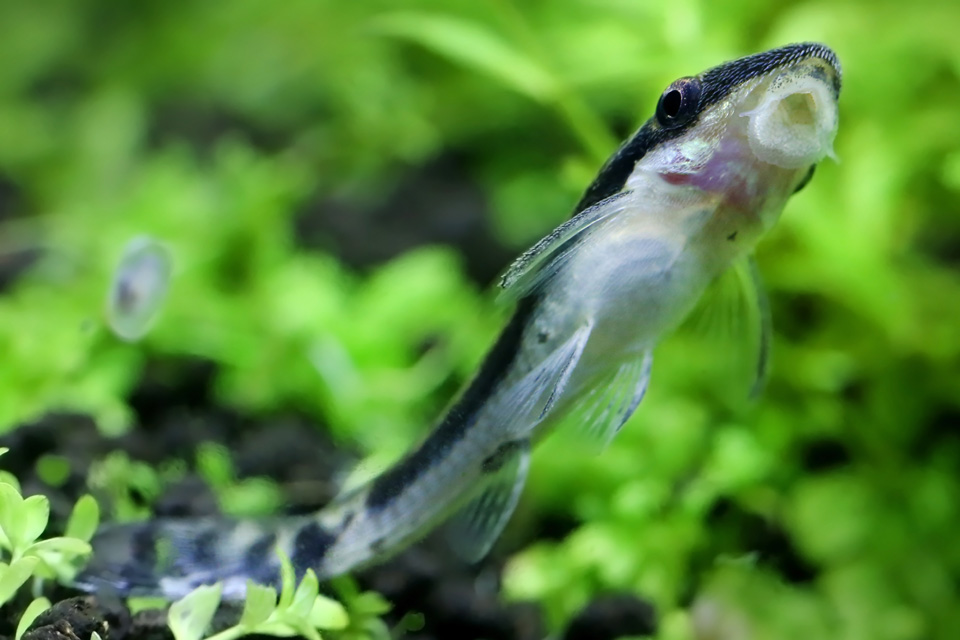
Biological Control: Nature’s Own Defense Mechanisms
At the heart of natural algae management lies biological control, which involves utilizing living organisms to regulate algae populations. One of the most popular and effective allies in this battle is the army of algae-eating creatures that can be introduced to the aquarium. These include species like Siamese algae eaters, otocinclus catfish, and shrimp such as Amano shrimp and cherry shrimp. These critters efficiently graze on different types of algae, keeping growth in check. It’s crucial to select species compatible with your existing fish and plants and ensure there’s enough algae to sustain their population without overfeeding, as undernourished cleaners may turn to other food sources, potentially harming delicate plant life.
Plant Optimization: A Natural Barrier Against Algae Bloom
Aquatic plants play a dual role in algae control; they compete for the same nutrients that algae need to thrive and also contribute to maintaining optimal water conditions. Dense planting discourages algae growth by limiting the amount of light reaching the substrate, where algae often take root. Fast-growing plants like hornwort and water wisteria are particularly effective at absorbing excess nutrients like nitrates and phosphates, starving algae of their food source. Regular pruning and fertilization of plants help them grow vigorously, further enhancing their ability to outcompete algae for resources.
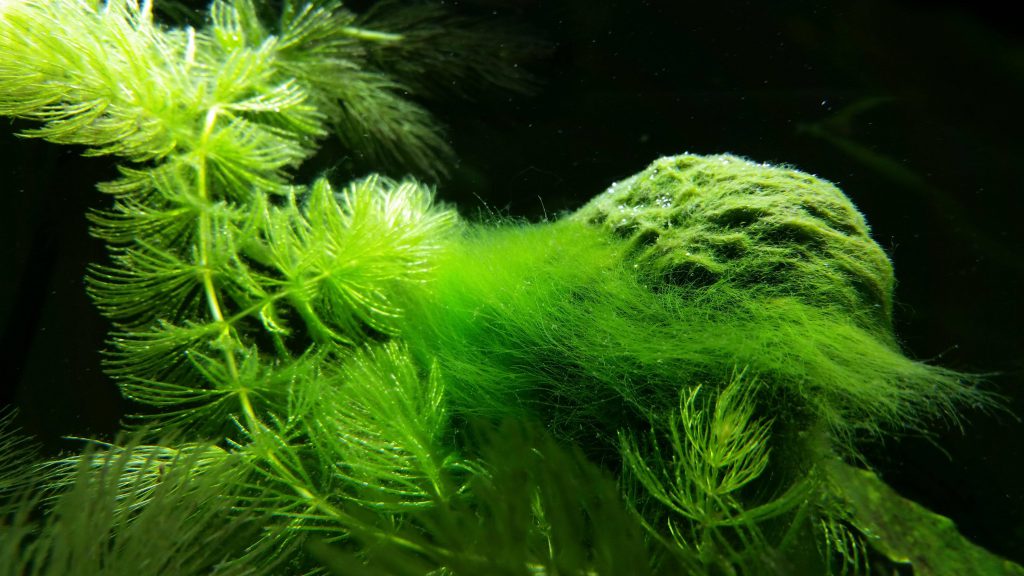
Light Management: Balancing Act for Optimal Growth
Light is a critical factor driving photosynthesis in algae, and hence, managing its intensity and duration is vital for control. Overexposure to light, especially when combined with nutrient-rich water, can lead to explosive algae growth. Implementing a balanced lighting schedule that mimics natural day and night cycles can significantly curb this issue. Using timers to ensure lights are on for no more than 8-10 hours per day can help strike the right balance. Additionally, strategic placement of floating plants or using tinted glass can naturally diffuse light, reducing the intensity reaching the algae-prone areas.
Nutrient Control: Starving Algae of Their Vitality
Controlling the levels of nutrients, primarily nitrogen and phosphorus compounds, is a fundamental strategy to inhibit algae proliferation. Regular water changes, typically change 20-30% of the tank volume weekly, help dilute accumulated nutrients. Employing a high-quality filter system with chemical filtration media, such as activated carbon or phosphate removers, further aids in removing dissolved nutrients. Moreover, avoiding overfeeding fish and promptly removing uneaten food prevents the buildup of organic matter that decomposes into nutrients for algae. Implementing a ‘low waste’ feeding strategy, like feeding smaller portions multiple times a day, can significantly reduce nutrient inputs.
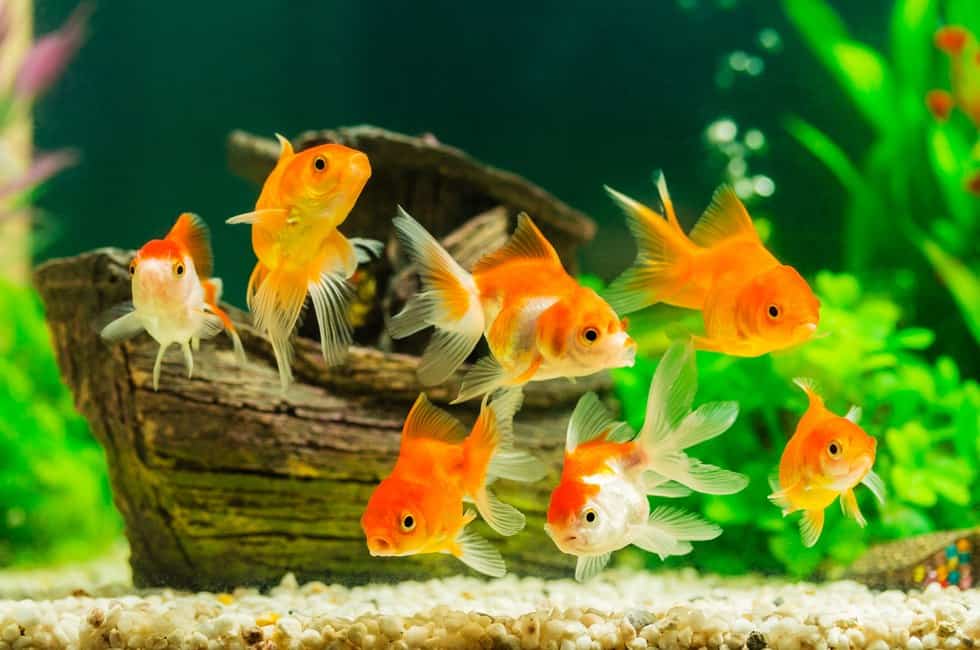
CO2 Supplementation: Aiding Plant Growth, Deterring Algae
Carbon dioxide (CO2) is essential for plant growth and can indirectly combat algae by boosting the photosynthetic capacity of aquatic flora. Increased CO2 levels enable plants to absorb more nutrients, leaving less for algae. While natural CO2 production through respiration occurs in all tanks, supplementing CO2 in heavily planted tanks can tip the balance in favor of plants. However, careful monitoring and adjustment are necessary to avoid excessive CO2, which could harm fish and invertebrates. A controlled CO2 injection system coupled with a drop checker ensures optimal levels for plant health and algae suppression.
Mechanical Cleaning: The First Line of Defense
Regular physical removal of algae is a straightforward yet effective measure. Using a siphon during water changes to vacuum algae from the substrate and wiping down glass surfaces with a scraper or magnetic cleaner prevents the build-up of established colonies. Mechanical cleaning not only improves visibility but also reduces the likelihood of detached algae spreading and regrowing elsewhere in the tank. Consistency is key – regular maintenance every few days can prevent small issues from escalating into major algae blooms.
Monitoring and Adjustment: The Ongoing Process
Aquarium keeping is a dynamic hobby that requires continuous observation and adjustment. Regular testing of water parameters, including pH, ammonia, nitrate, phosphate levels, and temperature, helps detect imbalances early on. Responding promptly to any deviations by adjusting maintenance routines, plant care, or light schedules maintains the optimal environment for aquatic life while suppressing algae growth.

Diversifying the Ecosystem: Strength in Numbers
Encouraging biodiversity within the aquarium further enhances its stability and natural defenses against algae. A varied community of fish, invertebrates, and plants creates a complex web of interactions that can naturally regulate algae populations. For instance, certain fish species might consume different types of algae, while others stir up the substrate, releasing trapped nutrients for plants to utilize before algae can.

Patience and Persistence: Keys to Success
Implementing a biological control strategy demands patience as natural systems often require time to establish and find equilibrium. Initial algae blooms may occur during the setup phase of a new aquarium or after significant changes in the ecosystem. Consistently applying the strategies mentioned above and resisting the urge to overreact with harsh treatments will eventually lead to a self-regulating system where algae exist in manageable amounts.
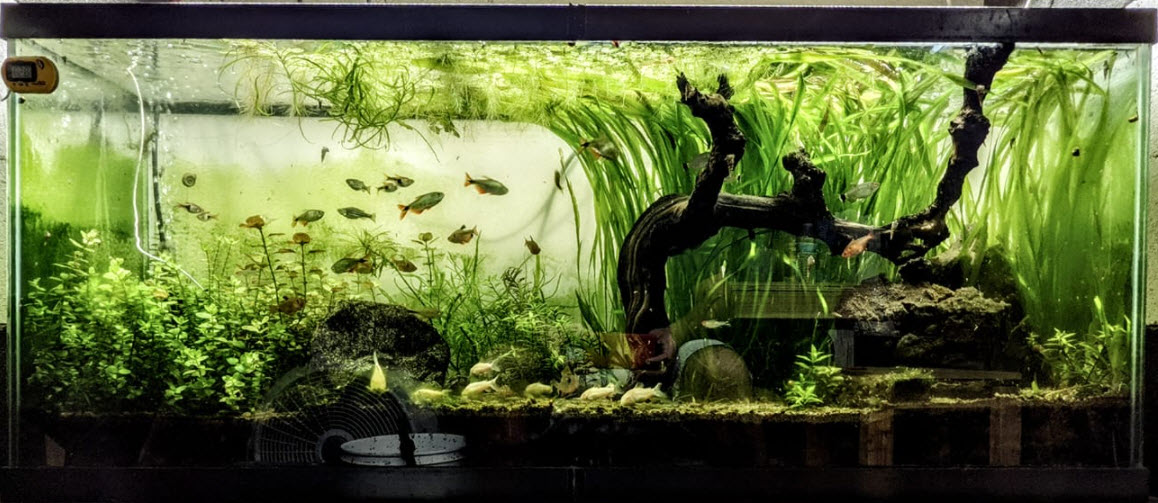
Conclusion: Cultivating Harmony in Aquatic Environments
Mastering natural algae control in fish tanks is a testament to understanding and respecting the intricate balance of nature. By embracing biological allies, optimizing plant life, managing light and nutrients, considering CO2 supplementation, and maintaining diligent cleaning routines, aquarium enthusiasts can create a thriving ecosystem that is not just visually pleasing but also sustainable in the long run. Remember, patience and persistence are integral to this endeavor; achieving and maintaining a clear, algae-controlled aquarium is a gradual process that rewards those who carefully tend to their underwater world. Through these natural strategies, we foster environments where fish, plants, and even algae coexist harmoniously, showcasing the beauty and complexity of aquatic life.






